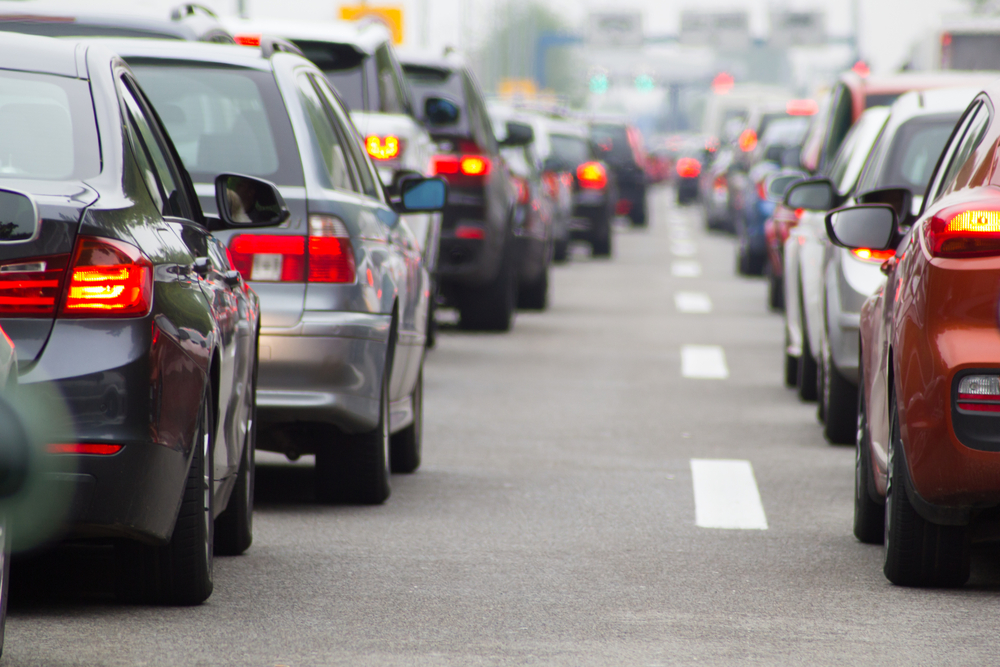
A new study from the Mineta Transportation Institute has found that commuters would accept the inconveniences of carpooling if they were incentivized with $15 a day.
The Congestion-clearing Payments to Passengers (CCPTP) report said that such incentives could reduce traffic congestion by as much as half.
The case study, based on the long-standing bottleneck location on Highway 92 in Half Moon Bay, Calif., found that at $15 a day, half of the people driving the road would be willing to travel as passengers, and another 23 percent would be willing to serve as drivers.
The report also found that there is a need for a combination of incentives – first to shift drivers to passengers, and second, to move passengers to leave earlier (or later) than their usual travel time frame to accommodate carpool drivers. Additionally, there is a potential need for parking near bottlenecks that could serve as a meeting-place for commuters.
The case study also provided a method for estimating the cost and benefits of a permanent program to incentivize carpooling, and said the cost for the project could reach $40 million over five years, with a potential savings in 3 to 5 years, after the initial learning curve.
“The potential value of this solution, if it works as well with real commuters on congested roads as it does in the planning spreadsheets of this project, is many multiples of this investment both nationwide and worldwide,” Paul Mineta, principal investigator on the project, said.
It was unclear how COVID-19 might impact the project. Researchers said there is a potential for reduced commuter traffic as employees continue to work from home, as well as the fear of shared transport due to virus transmission.
“The net effect is difficult to predict because there might be lasting damage to economies depending on how long the disruption of COVID-19 continues,” report co-author John Niles said. “Either way, the aftermath will be an ideal time to test CCPTP and could offset financial losses from the disruption caused by COVID-19 by redistributing funds to people; and encourage, as soon as is appropriate, a return to shared transport as a mechanism for managing congestion.”